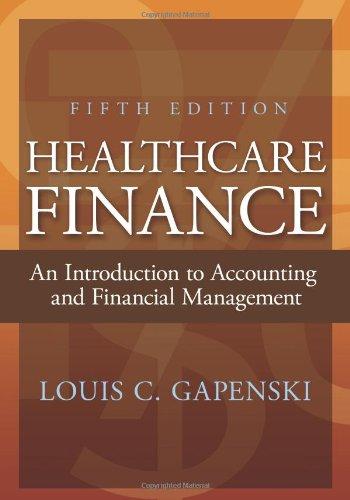Question
Solving for n with non-annual periods)Approximately how many years would it take for an investment to grow if it were invested at 16 percent compounded
Solving for n with non-annual periods)Approximately how many years would it take for an investment to grow if it were invested at 16 percent compounded ? Assume that you invest $1 today.
If you invest $1 at 16 percent compounded , about how many years would it take for your investment to grow to $7? (Hint: Remember to convert your calculator solution to years.)
nothing years(Round to one decimal place.)
(Related to Checkpoint 5.7) (Calculating an EAR)Your grandmother asks for your help in choosing a certificate of deposit (CD) from a bank with a one-year maturity and a fixed interest rate. The first certificate of deposit, CD #1, pays 3.95 percent APR compounded quarterly , while the second certificate of deposit, CD #2 4.00, pays percent APR compounded monthly. What is the effective annual rate (the EAR) of each CD, and which CD do you recommend to your grandmother?
- If the first certificate of deposit, CD #1, pays percent APR compounded , the EAR for the deposit is 4.01%. (Round to two decimal places.)
- If the second certificate of deposit, CD #2, pays percent APR compounded , the EAR for the deposit is %. (Round to two decimal places.)


Step by Step Solution
There are 3 Steps involved in it
Step: 1

Get Instant Access to Expert-Tailored Solutions
See step-by-step solutions with expert insights and AI powered tools for academic success
Step: 2

Step: 3

Ace Your Homework with AI
Get the answers you need in no time with our AI-driven, step-by-step assistance
Get Started


